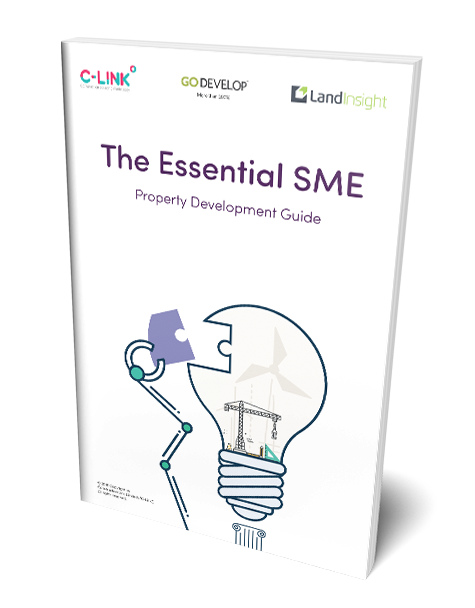Understanding where materials are sourced

- blog
- >
- understanding-where-materials-are-sourced
A few years ago, I was trying to source a carpet that had been specified by the architect. I knew a little about carpets and competitive rates, and the specified product was double the rate of similar products I’d seen in the past. I approached my flooring contractor to ask if there was an alternative available. Not only did I find there was an alternative available, but I could get the very same carpet being specified for half the price.
My flooring contractor was able to source the exact same product but from the ‘source’, the actual manufacturer, who were selling it at half the price that the original ‘manufacturer’ was selling it at.
This is when I first became aware of these types of companies who pass off products as their own, when in actual fact, you can buy the exact same product elsewhere and for a fraction of the cost. I investigated it further with an ironmongery specialist, who told me that there were many suppliers in his industry which marketed themselves as manufacturers (without explicitly saying that they were), branding products as their own, when in fact the products were manufactured by others.
When I discovered this, it became clear that there were certain items that presented massive savings opportunities. With finish items such as ironmongery, carpets, timber flooring, etc. and particularly in high end finishes, it’s common for a company to buy a product from a manufacturer, and then market it as their own product with their own commercial markup. When you identify the segments where this happens, you regularly find massive saving opportunities during the procurement process.
The key is in having relationships with experts and specialist contractors within the fields of finish items, where some form of system warranty isn’t integral to the product offering.
Build relationships with these small specialists who have an intimate understanding of their market. They will know the key manufacturers within their industry, and subsequently, they’ll identify when a product is being ‘brass stamped’ and where significant savings can be made.
It seems simple, and it is, but it can contribute to major cost reductions and easy wins.
Image credit: Reinforcement Fabrics and Materials from Gurit by Nick Cross used under CC BY-ND 2.0
About Paul Heming
Paul was a Quantity Surveyor who gained 10 years experience of managing £200 million worth of flagship UK projects, including 20 Fenchurch Street and Battersea Power Station. In 2015, Paul founded C-Link with the intention of sharing his expertise of managing major projects with the SME market.
-
Free Resources

The Essential SME Property Development Guide
Download now
